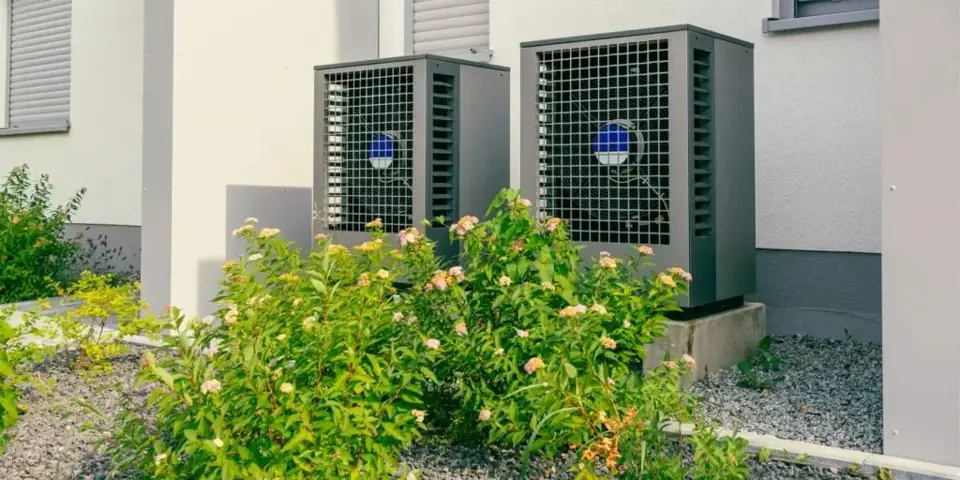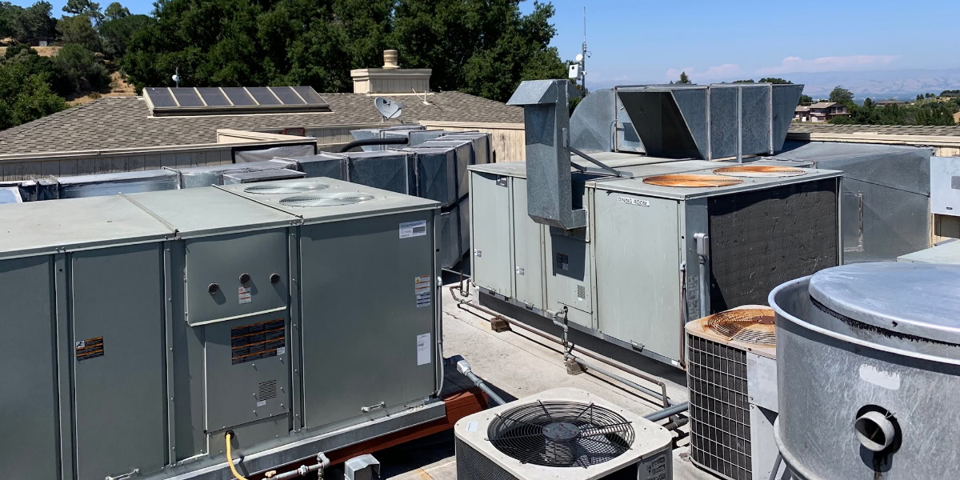As technology continues to advance at a rapid pace, the commercial HVAC industry is not far behind in embracing innovative solutions. In this article, we will explore the top trends in commercial HVAC technology and their potential benefits. As local specialists in refrigeration, R&R Refrigeration, serving the San Francisco Bay Area, aims to showcase our industry knowledge and commitment to staying updated through this informative piece.
1. Energy Efficiency: The Driving Force
In recent years, energy efficiency has become a primary concern for commercial HVAC systems. Businesses are increasingly recognizing the importance of reducing their carbon footprint and lowering operational costs. To address these needs, HVAC manufacturers have developed various technologies to improve energy efficiency.
One such technology is variable refrigerant flow (VRF) systems. VRF systems utilize advanced controls to adjust refrigerant flow based on the cooling or heating demands of different areas within a building. This allows for precise temperature control, reducing energy consumption by up to 30% compared to traditional HVAC systems. Additionally, VRF systems enable individualized zone control, optimizing comfort levels and further enhancing efficiency.
2. Smart and Connected Solutions
The rise of the Internet of Things (IoT) has revolutionized the HVAC industry. Smart and connected solutions offer enhanced control, monitoring, and automation capabilities, leading to improved system performance and energy savings. These solutions leverage advanced sensors, intuitive interfaces, and data analytics to optimize HVAC operations.
Building Management Systems (BMS) play a vital role in the implementation of smart HVAC technology. BMS provides centralized control, allowing facility managers to monitor and manage HVAC systems remotely. By analyzing real-time data, BMS can identify inefficiencies, detect faults, and optimize system performance, resulting in significant energy savings and reduced maintenance costs.
3. Advanced Air Filtration and Indoor Air Quality (IAQ)
Indoor air quality (IAQ) has gained prominence due to its impact on occupant health and productivity. HVAC technology is evolving to address this concern by incorporating advanced air filtration systems. High-efficiency particulate air (HEPA) filters, electrostatic precipitators, and ultraviolet germicidal irradiation (UVGI) are examples of technologies utilized to enhance air quality.
HEPA filters can trap microscopic particles, including allergens, dust, and viruses, resulting in cleaner air. Electrostatic precipitators charge particles within the HVAC system, causing them to adhere to collection plates, effectively removing pollutants from the air. UVGI systems use ultraviolet light to disinfect air by deactivating mold, bacteria, and viruses.
4. Eco-Friendly Refrigerants
The phase-out of ozone-depleting refrigerants, such as chlorofluorocarbons (CFCs) and hydrochlorofluorocarbons (HCFCs), has led to the emergence of eco-friendly alternatives. Hydrofluorocarbons (HFCs), traditionally used as replacements, have also been targeted due to their high global warming potential. As a result, HVAC manufacturers are exploring more sustainable options.
One such alternative is hydrofluoroolefins (HFOs). HFOs offer excellent cooling properties while significantly reducing environmental impact. With low global warming potential and zero ozone depletion potential, HFO-based refrigerants are becoming a popular choice for commercial HVAC systems.
Challenges and Considerations
While the advancements in commercial HVAC technology bring numerous benefits, several challenges need to be considered. These include initial implementation costs, compatibility with existing systems, and the importance of proper maintenance to maximize efficiency and longevity.
Furthermore, decision-makers must evaluate the financial and environmental impact of adopting new technologies. Though the initial investment might be higher, the long-term benefits, including energy savings and reduced carbon emissions, can offset these costs.
Commercial HVAC technology is evolving rapidly, offering increased energy efficiency, enhanced control, improved indoor air quality, and environmentally friendly solutions. As industry experts, R&R Refrigeration remains committed to staying updated with these trends. By embracing these advancements, businesses can achieve significant cost savings, reduce their environmental impact, and provide a comfortable and healthy environment for occupants.
Frequently Asked Questions
Do smart HVAC systems require extensive network infrastructure?No, smart HVAC systems generally operate on existing Wi-Fi networks or utilize wireless protocols, eliminating the need for complex network infrastructure.
Are VRF systems suitable for all types of buildings?VRF systems are versatile and can be installed in various types of buildings, including office spaces, hotels, educational institutions, and healthcare facilities.
How often should air filters be replaced in commercial HVAC systems?The frequency of air filter replacement depends on various factors, such as the level of pollutants in the environment and system usage. A general guideline is to replace air filters every three to six months or as recommended by the manufacturer.






